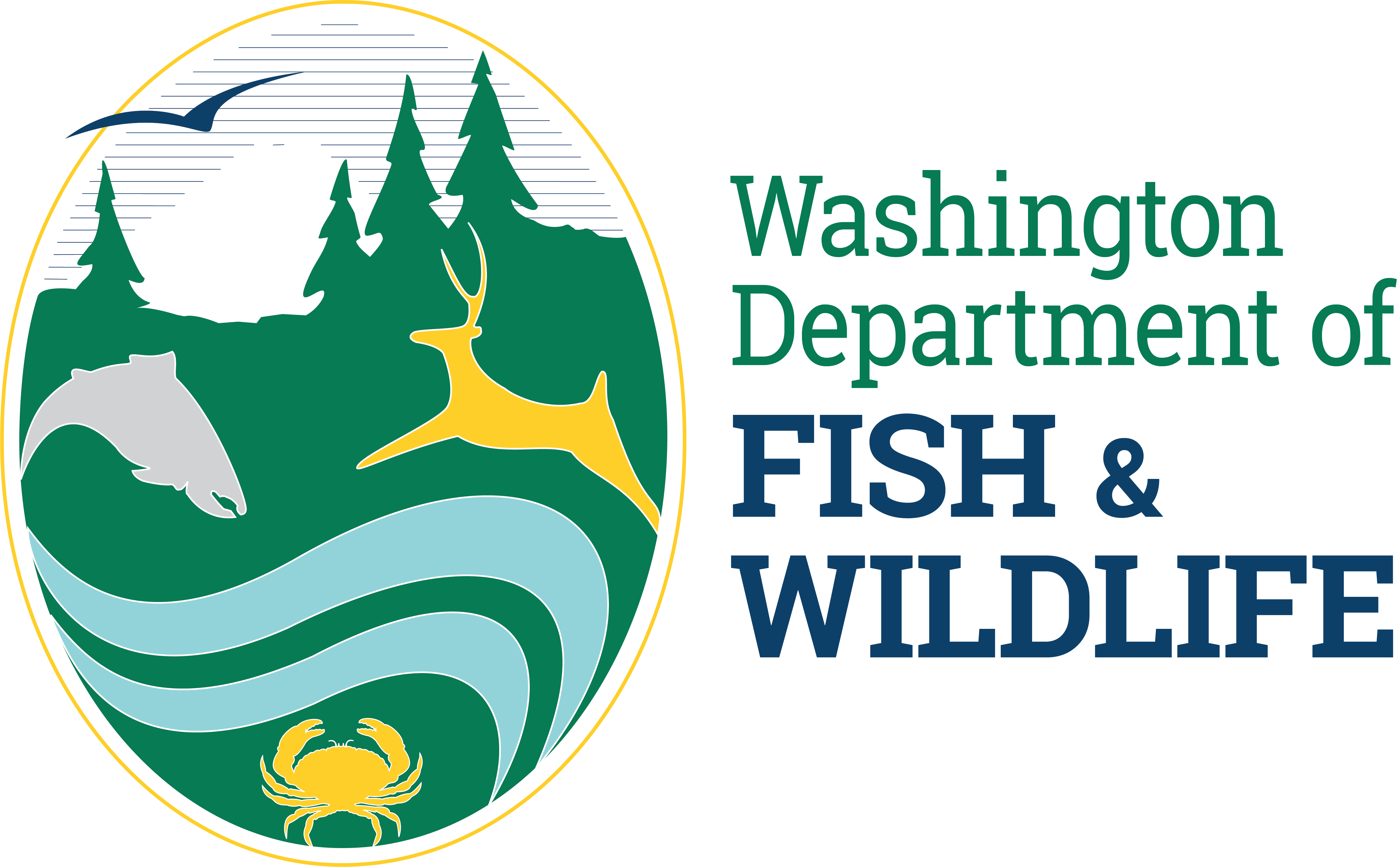OLYMPIA–The Brian Abbott Fish Barrier Removal Board today announced the award of $30 million in grants to remove fish-blocking road culverts and correct other road-related barriers to open salmon migration routes.
Salmon are born in freshwater streams, migrate to the ocean, and return to their birthplace to produce the next generation of salmon. People have interrupted these migration routes by building roads, dams, railroads and water diversions. Often streams are routed into culverts, which are pipes or other structures that carry water under roads. Culverts can block fish passage when they are too small or too high. The Washington Department of Fish and Wildlife estimates that at least 20,000 barriers either partially or fully block salmon from reaching their spawning grounds in Washington.
“For the past 10 years, these grants have been chipping away at this problem,” said Kaylee Kautz, manager of the Fish Barrier Removal Board. “Since then, we have removed 63 barriers and opened nearly 179 miles of habitat to salmon. That’s good news for our salmon and steelhead.”
For 2025-2027, grants were awarded in the following counties:
The Legislature established the board’s grant program in 2014 to identify and remove impediments to salmon and steelhead migration. The grant program is administered jointly by the Washington Department of Fish and Wildlife and Recreation and Conservation Office.
“These grants are critical to ensuring that fish can pass from stream to ocean and back again,” said Megan Duffy, director of the Recreation and Conservation Office. “Culverts can stop or slow fish from completing their journey and impact habitat and spawning grounds, resulting in fewer fish. One impassible culvert might not seem like a bad thing, but when fish must navigate dozens in a single river, their chance of survival drops.”
Landowners who suspect they have fish-blocking culverts or other barriers on their property are encouraged to contact the local Washington Department of Fish and Wildlife habitat biologist, which can be found on this online map.
“Landowners are crucial partners in getting barriers fixed,” Duffy said. “We can supply the funding and the expertise, but willing landowners are the key to progress. It takes all of us working together to open these important migration routes.”
Editors’ Note: Photographs of projects may be found by clicking the link at the end of each grant description.

